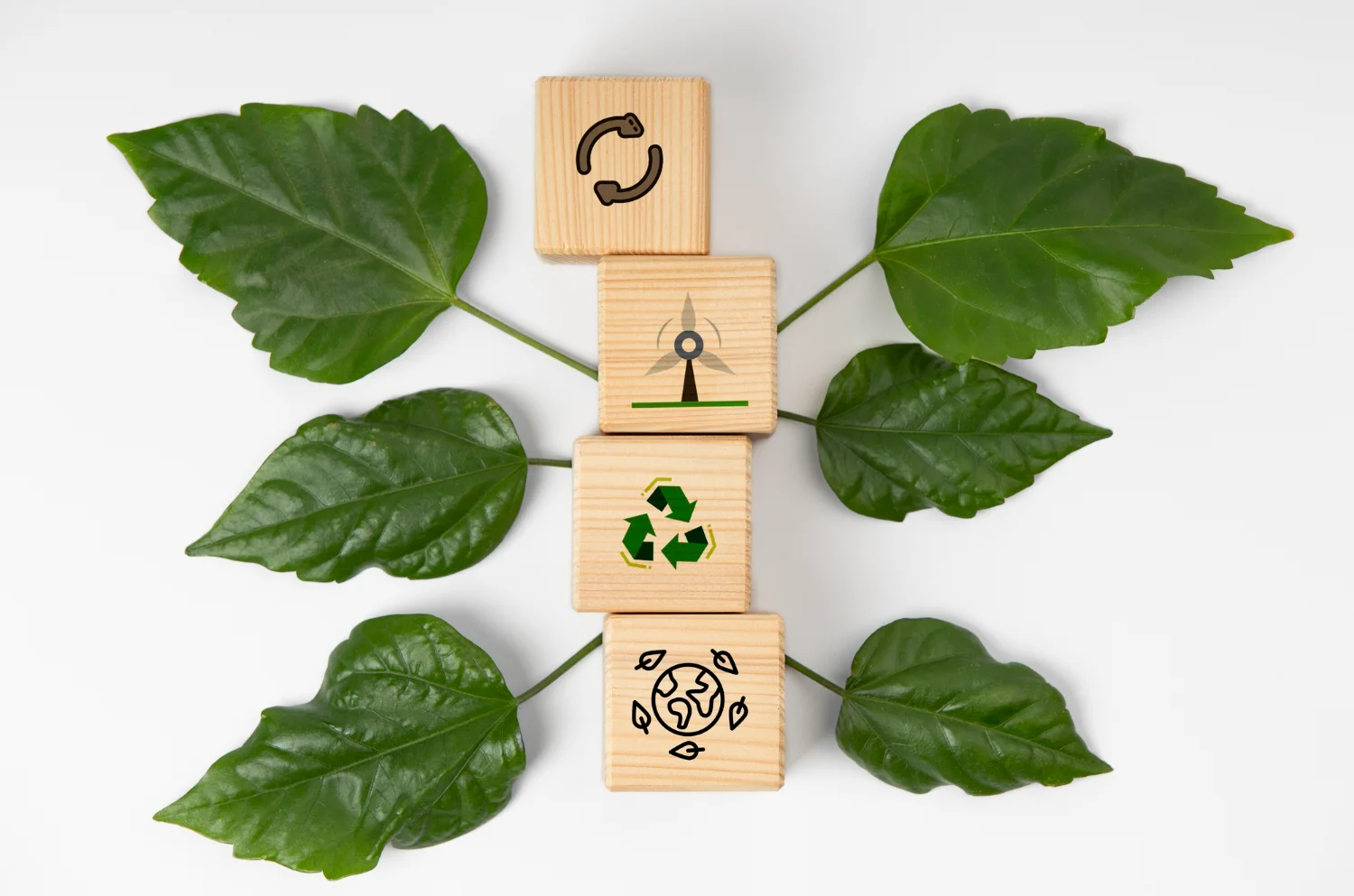Introduction: A Story of Overcoming Adversity and Building Resilience
Imagine a young athlete who faces setbacks, injuries, losses, and doubts but, through grit and determination, rises above each challenge. Over time, this athlete becomes stronger, wiser, and more capable of handling whatever comes next. This journey of overcoming obstacles is a reflection of the five key stages of the resilience lifecycle framework that anyone can apply to their personal or professional life. Just like that athlete, understanding what are the 5 key stages of resilience lifecycle framework can help you navigate challenges and emerge stronger on the other side. In today’s world, resilience isn’t just an option; it’s a critical skill. What are the 5 key stages of the resilience lifecycle framework? How can you leverage these stages to improve your ability to bounce back from adversity? In this article, we’ll explore each stage in-depth, offering insights into how resilience is developed and nurtured.
Stage 1: Awareness and Preparation
The journey begins with understanding the five key stages of the resilience lifecycle framework, and the first stage is awareness and preparation. This phase is about recognizing the need for resilience and preparing yourself mentally and emotionally for life’s challenges.
In this stage, individuals or organizations:
- Acknowledge the inevitability of difficulties ahead.
- Assess vulnerabilities and anticipate challenges.
- Develop a growth mindset and embrace the idea of learning through adversity.
Without proper preparation, resilience can be challenging to build. By being proactive and aware, you lay the foundation for navigating adversity when it arises.
Stage 2: Response and Adaptation
The second stage of the five key stages of the resilience lifecycle framework is response and adaptation. In this stage, resilience is not about avoiding challenges, but about how you respond when adversity strikes. It’s about adjusting your mindset and actions to adapt to a changing situation.
During this phase:
- Individuals or organizations assess the situation and adapt their approach.
- Positive coping mechanisms are implemented to manage stress and emotions.
- Plans are adjusted to align with the new reality.
The ability to pivot and adjust with agility is the hallmark of a resilient response. This adaptability ensures that challenges are met with clarity and calmness.
Stage 3: Recovery and Learning
Next, the five key stages of the resilience lifecycle framework are recovery and learning. Once the immediate response to adversity is over, it’s time to reflect and recover. This stage emphasizes the importance of healing, both mentally and physically, and learning valuable lessons from the experience.
During recovery and learning:
- Reflection helps individuals and teams gain insights into what worked and what didn’t.
- Emotional and mental well-being is restored through rest and self-care.
- Key lessons are identified to strengthen future resilience.
Resilience is not only about bouncing back; it’s about transforming setbacks into growth opportunities. This stage ensures that resilience isn’t just rebuilt but also enhanced through reflection and learning.
Stage 4: Reintegration and Strengthening
As part of the five key stages of the resilience lifecycle framework, the reintegration and strengthening stage is about applying lessons learned from recovery and embedding them into everyday practices. In this phase, resilience is strengthened through the incorporation of learned strategies and behaviors into daily routines.
During reintegration:
- Lessons learned are integrated into personal or organizational culture.
- New coping strategies become second nature.
- Resilience is no longer a reactionary process, but a proactive and continuous state of being.
This stage is crucial for creating sustainable resilience. It ensures that the lessons learned are not forgotten and that resilience becomes an ingrained part of your life or organization.
Stage 5: Transformation and Growth
Finally, the fifth and most profound stage of the resilience lifecycle framework is transformation and growth. At this stage, resilience is no longer just about surviving adversity; it’s about thriving in the face of challenges. It represents the culmination of the resilience journey, where the individual or organization has been transformed by the challenges faced.
In this stage:
- Individuals or organizations evolve and grow stronger as a result of past challenges.
- Challenges are now viewed as opportunities for further growth.
- Resilience becomes a powerful force that drives innovation, achievement, and success.
This stage exemplifies the ultimate purpose of resilience: to use adversity as a catalyst for personal or organizational growth and to continue flourishing regardless of the challenges that lie ahead.
Conclusion: Harnessing Resilience for a Stronger Future
In conclusion, what are the 5 key stages of resilience lifecycle framework are more than just a theoretical concept; they are a practical roadmap for overcoming challenges and building long-lasting resilience. From awareness and preparation to transformation and growth, each of the five stages plays a crucial role in strengthening your ability to adapt and thrive. By understanding and applying these stages, you can improve your resilience and create a more resilient organization. Whether you’re navigating a personal setback or steering an organization through a crisis, the 5 key stages of resilience lifecycle framework will guide you toward a stronger, more adaptive future.



